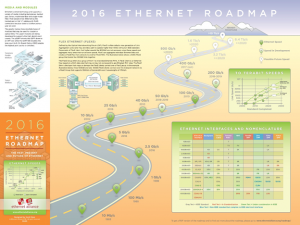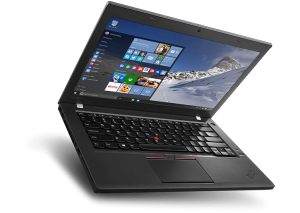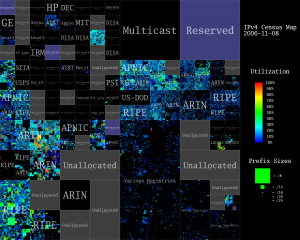Podcast: Play in new window | Download (Duration: 37:46 — 17.3MB)
Subscribe: Apple Podcasts | RSS
We returned to record our fourteenth episode on Sunday October 30, 2016.
Interesting News and Events
- DDoS on DynDNS – some of the major Internet properties impacted included the Twitter, Spotify, Netflix, Reddit, Etsy, Github and other favorites. Dyn Statement on 10/21/2016 DDoS Attack, DDoS on Dyn Impacts Twitter, Spotify, Reddit
- Juniper NXTwork Conference 2016 – SKY ATP advanced threat protection
Roundtable Discussion – Building Interim Networks Small & Large
The use cases include conventions, events , temporary sites, construction, and disaster recovery.
- Packet Pusher Show 298 with Jamie Wilson @FestivalITUK
- Request For Comments podcast RFCE007: ietf 96 Special II – Network Operations Center with Clemens Schrimpe
- Olympic Games: Avaya Tech Field Day presentation with Paul Unbehagen
Dom’s biggest temporary event – G8 Summit Germany Heiligendamm 2007
The Scout Router
- The first device that is onsite for remote management
- Connect all new devices and ISP Connections
- Build up the rest of the network
- Reverse with decommissioning the temp site you also can use a “scout router”
The preconfigured temp rack includes a half sized rack in a flight case on wheels.
All needed components for an instant network:
- Switches, Routers
- Firewall / Proxy Servers
- Voice Call server / Voice Mail
- Wireless Controller / Access Points
- UPS / Power
Challenges
- ISP connection
- WLAN >> empty space vs. crowded space
- Power
- Passive Infrastructure
What tools are you using?
I’ve been working a lot recently with Aruba Instant APs, troubleshooting issues and tuning the configuration of over 600+ virtual controllers. I recently stumbled over AirRecorder from Aruba Networks as a very handy troubleshooting tool and flight recorded to capture data for later analysis.
What tools are you using?
Cheers!




